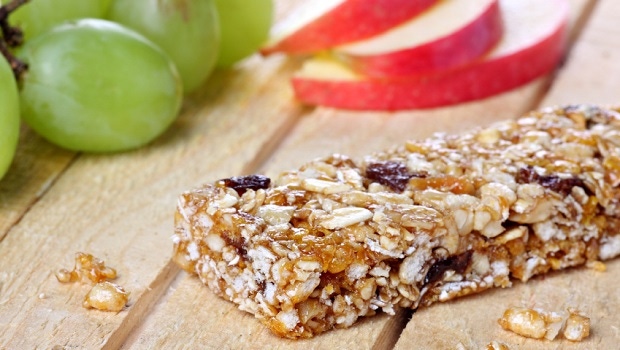Nutritional, cereal bar sales to hit $8 billion by 2019
Increased snacking trends and consumers busy lifestyles are transforming the traditional breakfast to a more on-the-go eating occasion, opening the door to increased opportunity for innovation in the snack bar sector. According to a new report from Packaged Facts, the overall market for snack bars, including both nutritional and cereal/granola bars, is projected to reach $8 billion in 2019.
March 9, 2015

Increased snacking trends and consumers’ busy lifestyles are transforming the traditional breakfast to a more on-the-go eating occasion, opening the door to increased opportunity for innovation in the snack bar sector. According to a new report from Packaged Facts, the overall market for snack bars, including both nutritional and cereal/granola bars, is projected to reach $8 billion in 2019.
The “Nutritional and Cereal Bars in the U.S., 4th Edition" report found between 2004 and 2014 the number of households using cereal bars increased 50% and the number consuming chewy granola (category that includes granola bars) increased 33%. The popularity of granola also grew substantially, with nearly 80 percent more households using it. At the same time, the number of households using cold cereal was up by only 4%. Meanwhile other traditional breakfast foods such as bacon, sausage and eggs barely kept up with the growth in the adult population.
Beyond breakfast, nutritional and cereal bars have gained a general widespread popularity. Between 2009 and 2014 the number of adults using nutritional bars increased 11%. In addition, around 44% of adults used cereal/granola bars in 2014. Bars are an easy way for consumers to stop eating three meals a day at set times and to start eating smaller portions of food throughout the day, whether they are on the go or at home.
Product designers also must consider new nutritional demands from the increasingly health-conscious consumer. Bars provide an attractive way for food marketers to offer alternative, exotic sources of protein; bold, exciting flavors; ingredients with a health halo resulting from their organic and “natural" characteristics; and superfoods and other functional ingredients targeting specific health concerns such as a desire or need for food to be gluten-free. Nutrition bars provide an especially appropriate platform to deliver the kind of dense nutrition today’s consumers crave and search for in sources such as ancient grains and healthy seeds, including quinoa, amaranth, sorghum, chia and flaxseed.
You May Also Like




.png?width=800&auto=webp&quality=80&disable=upscale)